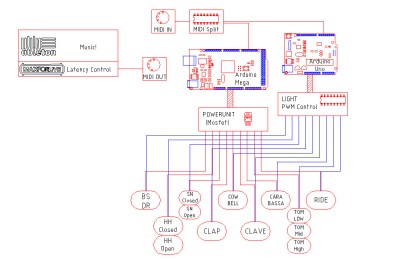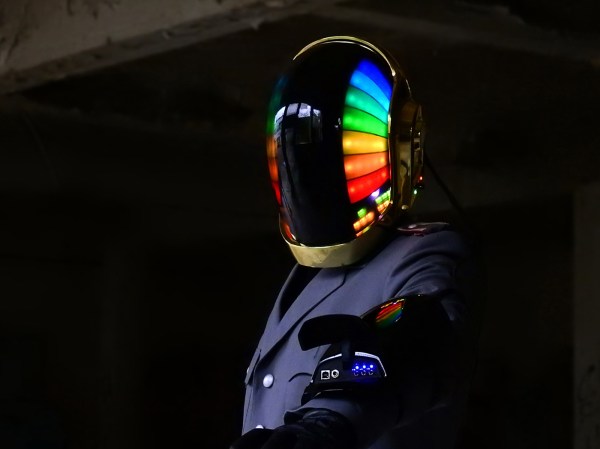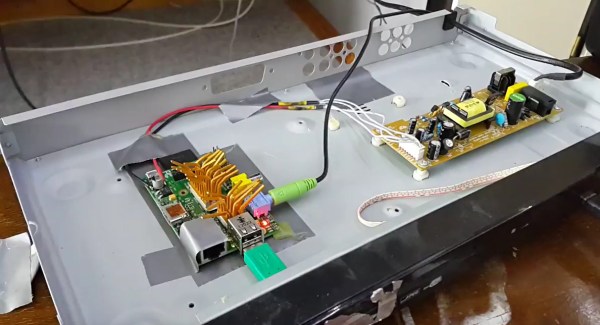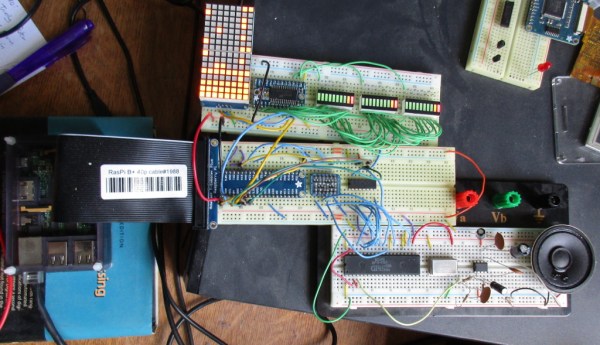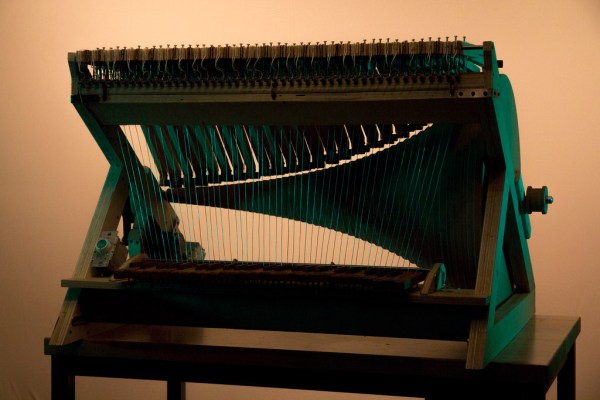This LEGO synth made by [Rare Beasts] had us grinning from ear to ear.
It combines elements from LEGO Mindstorms with regular blocks in order to make music with color. A different music sample is assigned to each of five colors: red, blue, green, yellow, and white. The blocks are attached to spokes coming off of a wheel made with NXT an EV3. As the wheel turns, the blocks pass in front of a fixed color sensor that reads the color and plays the corresponding sample. The samples are different lengths, so changing the speed of the wheel makes for some interesting musical effects.
As you’ll see in the short video after the break, [Rare Beasts] starts the wheel moving slowly to demonstrate the system. Since the whole thing is made of LEGO, the blocks are totally modular. Removing a few of them here and there inserts rests into the music, which makes the result that much more complex.
LEGO is quite versatile, and that extends beyond playtime. It can be used to automate laboratory tasks, braid rope, or even simulate a nuclear reactor. What amazing creations have you made with it? Let us know in the comments.



